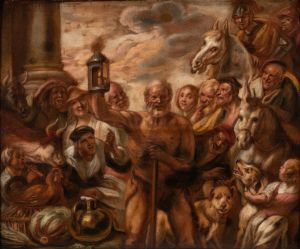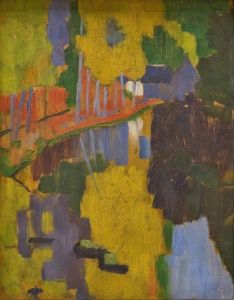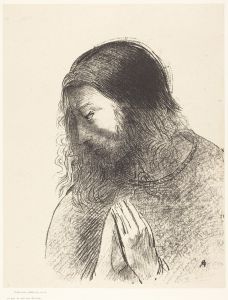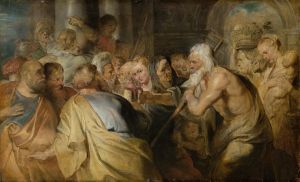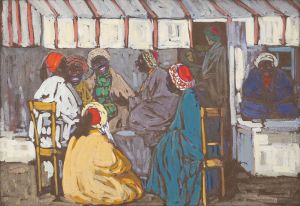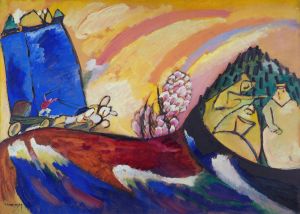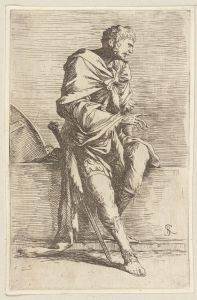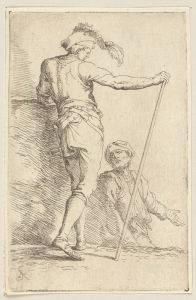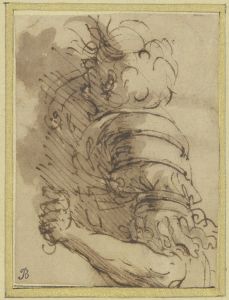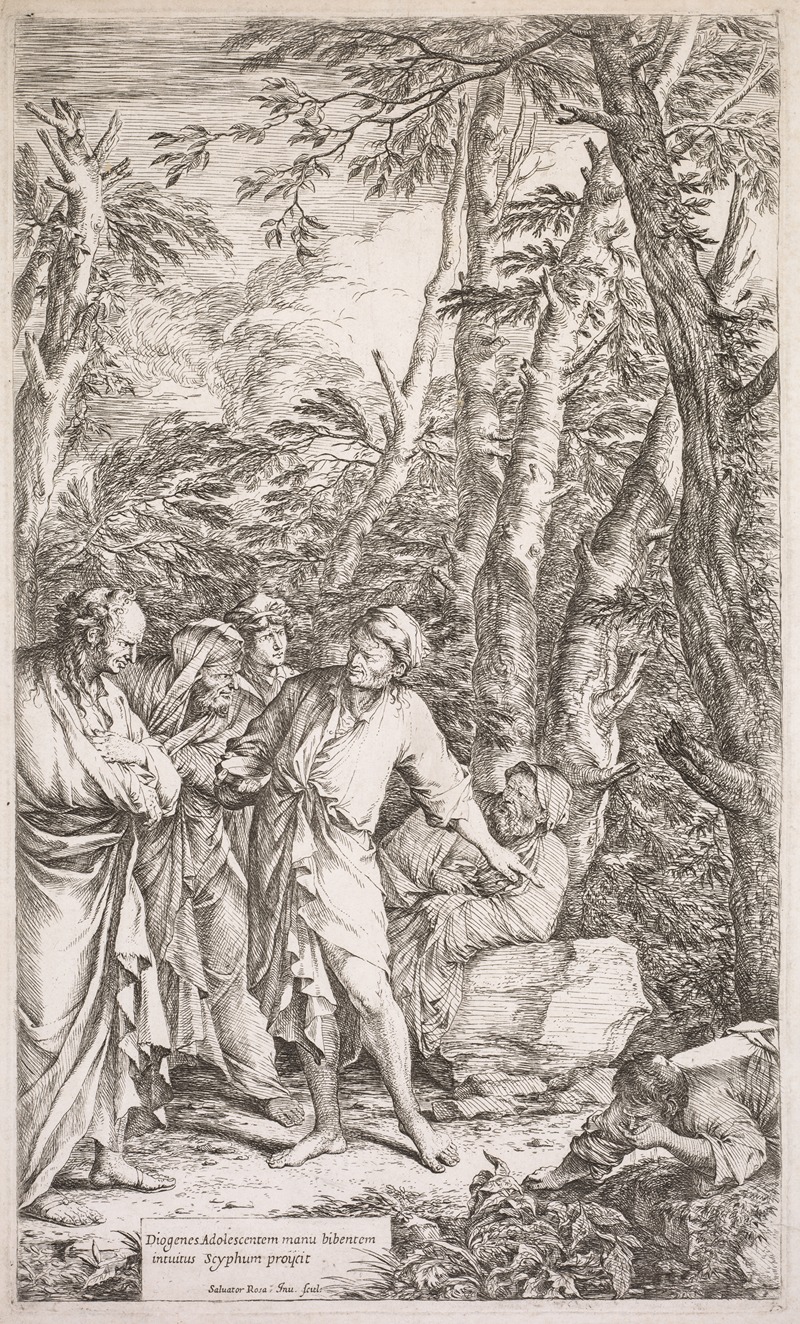
Diogenes and His Cup
A hand-painted replica of Salvator Rosa’s masterpiece Diogenes and His Cup, meticulously crafted by professional artists to capture the true essence of the original. Each piece is created with museum-quality canvas and rare mineral pigments, carefully painted by experienced artists with delicate brushstrokes and rich, layered colors to perfectly recreate the texture of the original artwork. Unlike machine-printed reproductions, this hand-painted version brings the painting to life, infused with the artist’s emotions and skill in every stroke. Whether for personal collection or home decoration, it instantly elevates the artistic atmosphere of any space.
Salvator Rosa's painting "Diogenes and His Cup" is a notable work that reflects the philosophical themes associated with the ancient Greek philosopher Diogenes of Sinope. Salvator Rosa, an Italian Baroque painter, is known for his dramatic and often unconventional works that frequently incorporate philosophical and historical subjects. This painting is one of several that explore the life and ideas of Diogenes, who was a prominent figure in the Cynic movement.
Diogenes of Sinope was a philosopher who lived in the 4th century BCE and is best known for his ascetic lifestyle and his belief in living in accordance with nature. He often criticized social conventions and materialism, advocating for a life of simplicity and virtue. One of the most famous anecdotes about Diogenes involves his rejection of unnecessary possessions. It is said that upon seeing a boy drinking water from his hands, Diogenes discarded his own cup, declaring that a simple life required even fewer possessions than he had previously thought.
In "Diogenes and His Cup," Rosa captures this moment of philosophical insight. The painting typically depicts Diogenes in a humble setting, often with minimal clothing and surrounded by simple objects. The focus is on Diogenes himself, who is portrayed in a contemplative pose, emphasizing his introspective nature and the depth of his philosophical convictions. The cup, or rather the absence of it, symbolizes Diogenes' commitment to living without superfluous possessions.
Rosa's style in this painting is characteristic of the Baroque period, marked by dramatic contrasts of light and shadow, dynamic compositions, and a focus on emotional intensity. The use of chiaroscuro, a technique that employs stark contrasts between light and dark, helps to highlight the philosophical themes by drawing attention to Diogenes' figure and his surroundings. This technique not only enhances the visual impact of the painting but also underscores the moral and philosophical message conveyed through Diogenes' actions.
"Diogenes and His Cup" is an example of how Rosa's work often transcended mere representation, engaging viewers with deeper philosophical questions. Rosa was known for his interest in philosophy and literature, and his paintings frequently reflect these themes. By choosing to depict Diogenes, Rosa aligns himself with a tradition of artists and thinkers who admired the Cynic philosopher's rejection of materialism and his pursuit of virtue.
The painting is part of a broader cultural and artistic interest in Diogenes that spanned the Renaissance and Baroque periods. Artists and writers of these eras were drawn to Diogenes' radical ideas and his critique of society, seeing in him a figure who challenged the status quo and offered a vision of a more authentic way of living. Rosa's depiction of Diogenes contributes to this tradition, offering a visual representation of the philosopher's ideals that continues to resonate with audiences today.
Overall, "Diogenes and His Cup" by Salvator Rosa is a significant work that captures the essence of Diogenes' philosophy through its composition and thematic focus. The painting remains an important piece in the study of Baroque art and the philosophical discourse of the time.





